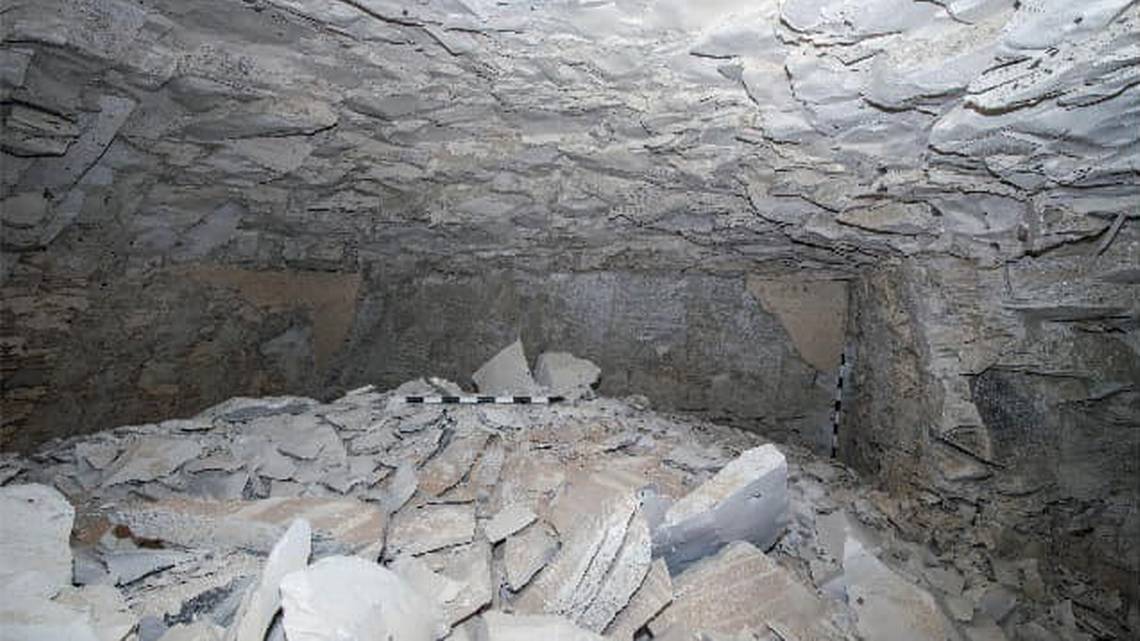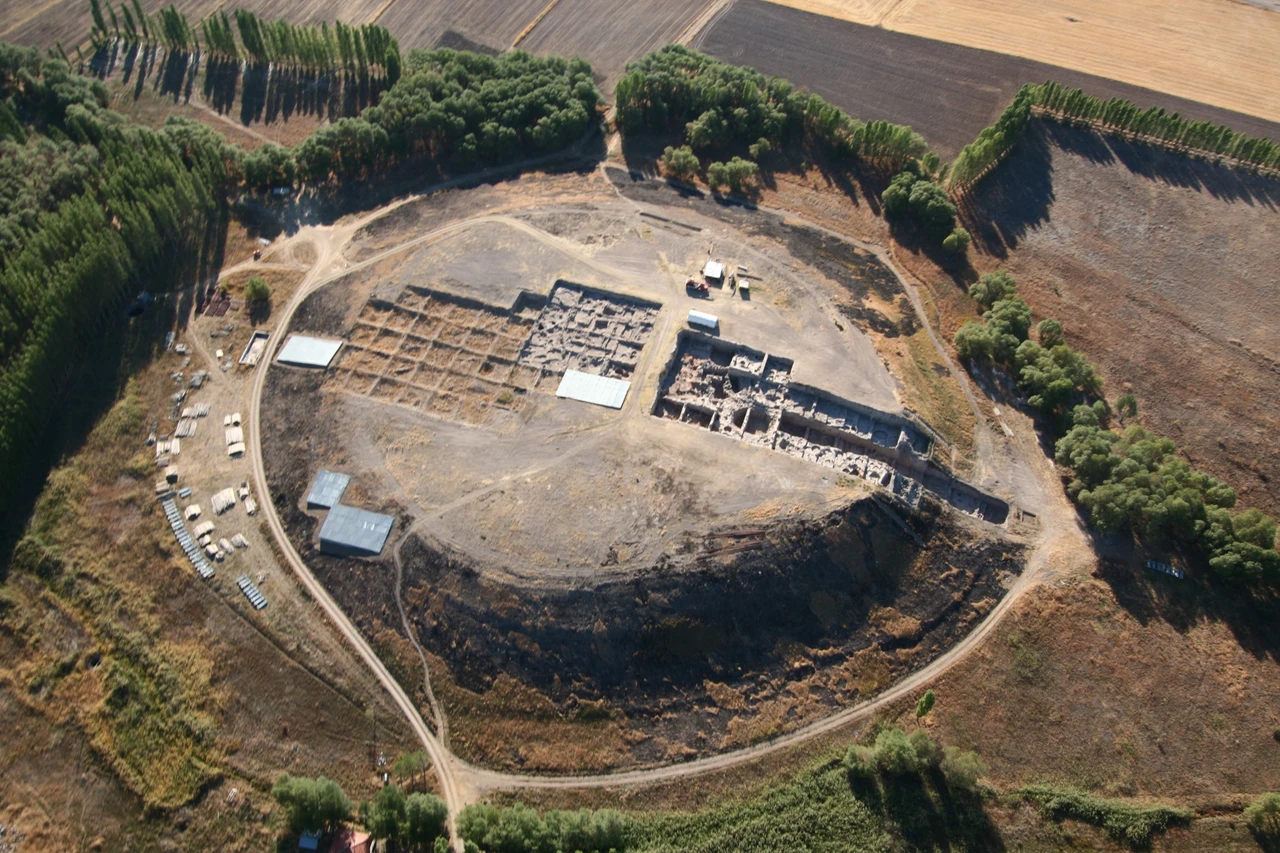The long-lost tomb of King Thutmose II has been discovered through a collaboration between the British Egyptian Archaeological Mission, the Supreme Council of Antiquities, and the Modern State Research Foundation. This exciting discovery was announced to the public by the Egyptian Ministry of Tourism and Antiquities in a Facebook post on February 18.
After two years of research, archaeologists began excavating a tomb designated as “No. C4,” located a few miles west of Luxor. The excavation team uncovered the entrance and main passage of the tomb. Dr. Mohamed Ismail Khaled, Secretary-General of the Supreme Council of Antiquities, stated that the archaeologists initially speculated that the tomb might belong to a royal consort, but further investigations revealed more evidence linking it to King Thutmose II.
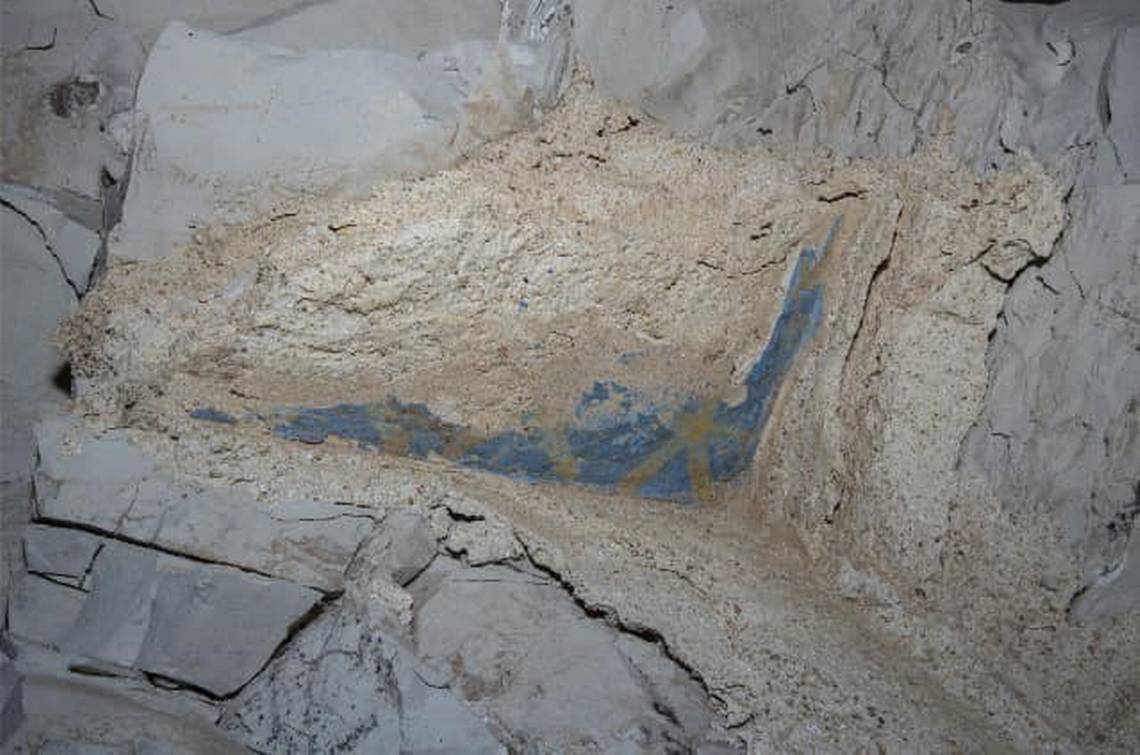
The excavation team discovered several fragments of a plaster vase inscribed with the name of King Thutmose II, referring to him as the deceased king. Additionally, the tomb contained sections of a religious text from the “Amy Dawat” book, associated with the tombs of ancient Egyptian kings, as well as plaster fragments painted blue and adorned with yellow stars.
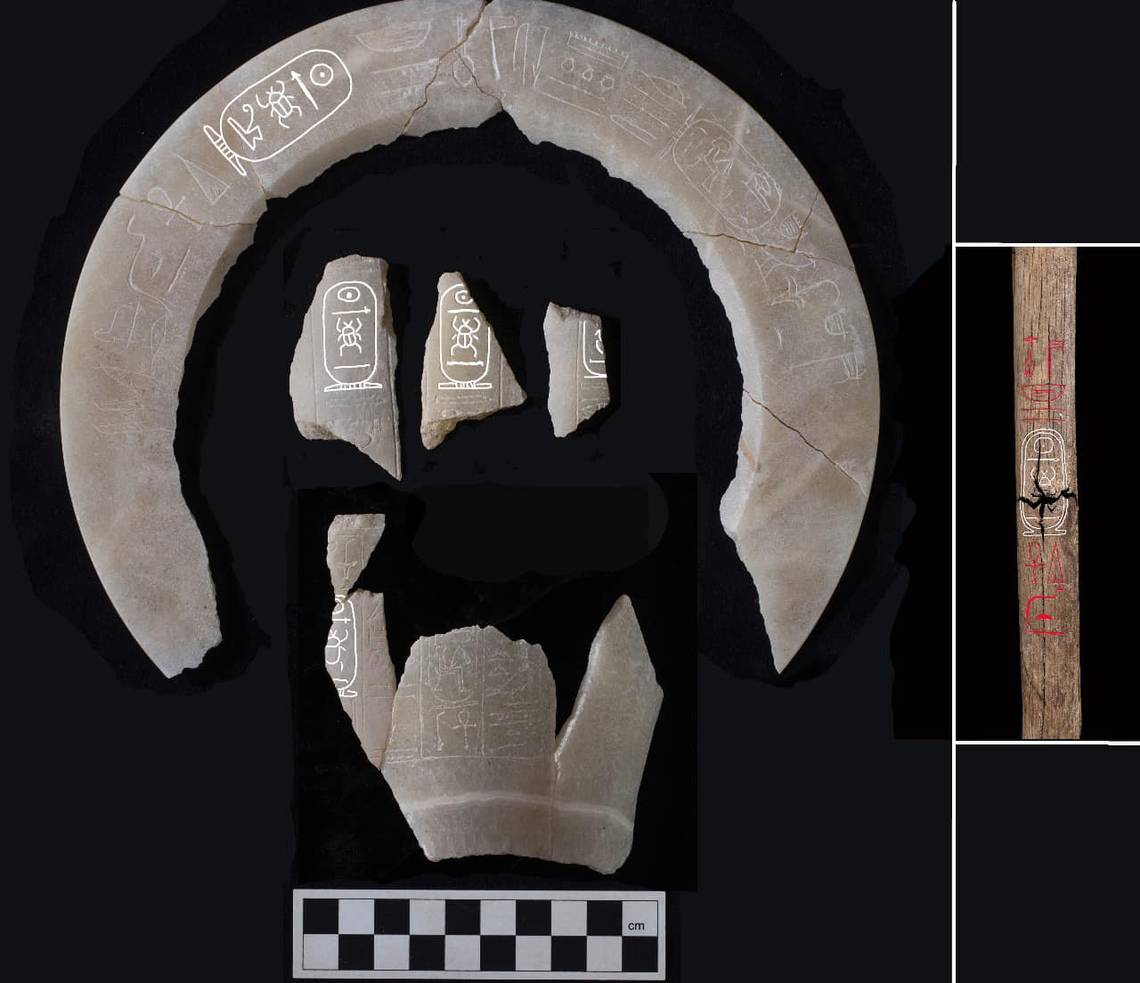
The Secretary-General of the Supreme Council of Antiquities described this discovery as one of the most significant archaeological finds in recent years, emphasizing that the artifacts found contribute greatly to the history of the archaeological site and the reign of King Thutmose II. He noted that this is the first time the king’s funerary furniture has been found, and that no funerary furniture of this kind exists in museums worldwide.
Signs of damage caused by floodwaters shortly after the king’s death were also identified in the tomb.

Who is King Thutmose II?
King Thutmose II reigned from 1504 to 1490 BCE and was a pharaoh of the 18th Dynasty of Ancient Egypt. Although his reign was relatively short, his significance in Egyptian history is undeniable. His relationship with his stepmother and wife, Hatshepsut, has been a subject of intrigue throughout history.
Thutmose II was the son of Thutmose I and ascended to the throne after his father’s death. However, various sources suggest that his reign lasted between 3 to 13 years. During this time, he governed Egypt and led military campaigns. After Thutmose II’s death, Hatshepsut declared herself pharaoh and ruled Egypt for approximately 22 years, a period considered one of the most prosperous in Egyptian history.
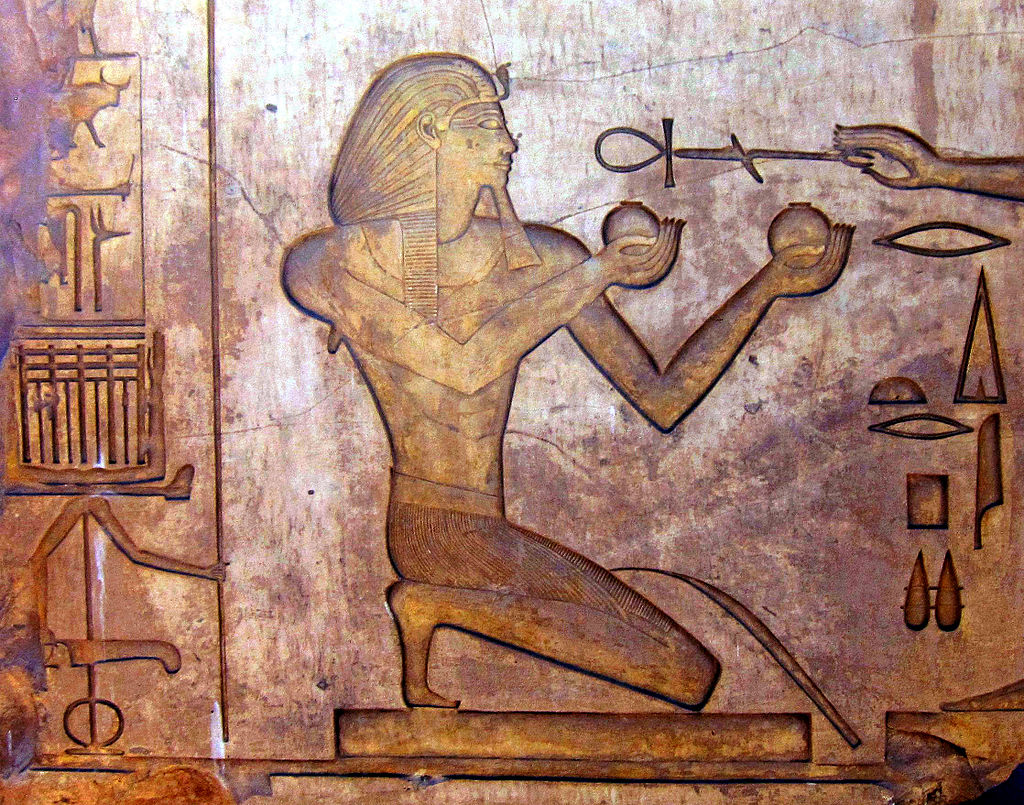
During his reign, Thutmose II conducted military campaigns in Nubia and the Levant, aiming to enhance Egypt’s power and influence. While the exact cause and circumstances of his death remain uncertain, some sources suggest he may have died from a skin disease. Following his death, Hatshepsut took the throne as pharaoh.
Although Thutmose II’s legacy has often been overshadowed by Hatshepsut’s reign, his rule represents an important transitional period in Egyptian history.
The mummy of Thutmose II was discovered in 1886 in a royal cache at Deir el-Bahari.
